Cappuccino Chiltepin
Species: Capsicum annuum | Origin: Mexico | Pungency: Hot
Cappuccino Chiltepin (C. annuum var. glabriusculum), also known as 'Brown Chiltepin', is a rare wild variety from the Sonoran Desert region of Mexico. Also called Desierto de Altar, the Sonoran Desert is an arid region of the world that covers part of the Southwestern United States as well as part of Northwestern Mexico and has an area of approximately 120,000 square miles. Most Chiltepin peppers ripen to red, but the yellow and brown variants are much rarer. The well branched plants are like small shrubs and grow to about four feet in height during the first year. The stems and leaves are green in colour and the flowers are five-petalled and white. The plants are very prolific and produce masses of small, spherical-shaped, pea-sized chillies which start green and ripen through dirty green and then to coffee brown with a slight reddish coloured hue. Immature fruits may develop a slight anthocyanin cover if the plants are exposed to strong sun, and when fully ripe the fruit starts to turn soft and falls away from the calyx very easily (deciduous).
At the immature stage the chillies have a peppery flavour with a slightly sourish undertone, which isn't unpleasant, but when fully ripe the flavour is very typical of Chiltepin, although not quite as pronounced as with the red variant. In both cases, the heat is sharp and short-lived and is mostly concentrated at the back of the throat and on the sides and tip of the tongue. The heat of immature fruit tends to linger for slightly longer than that of fully mature fruit. Immature Chiltepins are often pickled or used in salsas. Ripe Chiltepins are often sun-dried and crushed and used as a seasoning for soups, stews, meats and bean dishes. They dry very easily and can also make for an interesting addition to the pepper grinder!
Page published on: 20th September 2022
Cappuccino Chiltepin (C. annuum var. glabriusculum), also known as 'Brown Chiltepin', is a rare wild variety from the Sonoran Desert region of Mexico. Also called Desierto de Altar, the Sonoran Desert is an arid region of the world that covers part of the Southwestern United States as well as part of Northwestern Mexico and has an area of approximately 120,000 square miles. Most Chiltepin peppers ripen to red, but the yellow and brown variants are much rarer. The well branched plants are like small shrubs and grow to about four feet in height during the first year. The stems and leaves are green in colour and the flowers are five-petalled and white. The plants are very prolific and produce masses of small, spherical-shaped, pea-sized chillies which start green and ripen through dirty green and then to coffee brown with a slight reddish coloured hue. Immature fruits may develop a slight anthocyanin cover if the plants are exposed to strong sun, and when fully ripe the fruit starts to turn soft and falls away from the calyx very easily (deciduous).
At the immature stage the chillies have a peppery flavour with a slightly sourish undertone, which isn't unpleasant, but when fully ripe the flavour is very typical of Chiltepin, although not quite as pronounced as with the red variant. In both cases, the heat is sharp and short-lived and is mostly concentrated at the back of the throat and on the sides and tip of the tongue. The heat of immature fruit tends to linger for slightly longer than that of fully mature fruit. Immature Chiltepins are often pickled or used in salsas. Ripe Chiltepins are often sun-dried and crushed and used as a seasoning for soups, stews, meats and bean dishes. They dry very easily and can also make for an interesting addition to the pepper grinder!
Page published on: 20th September 2022
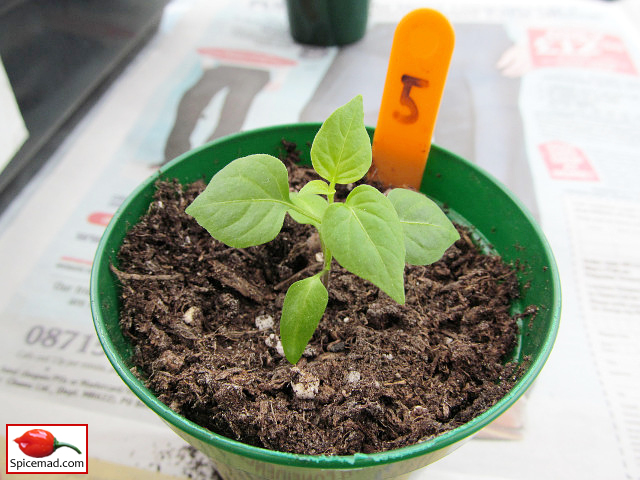 |
| Cappuccino Chiltepin - 3rd March 2022 |
 |
| Cappuccino Chiltepin - 31st March 2022 |
 |
| Cappuccino Chiltepin - 13th April 2022 |
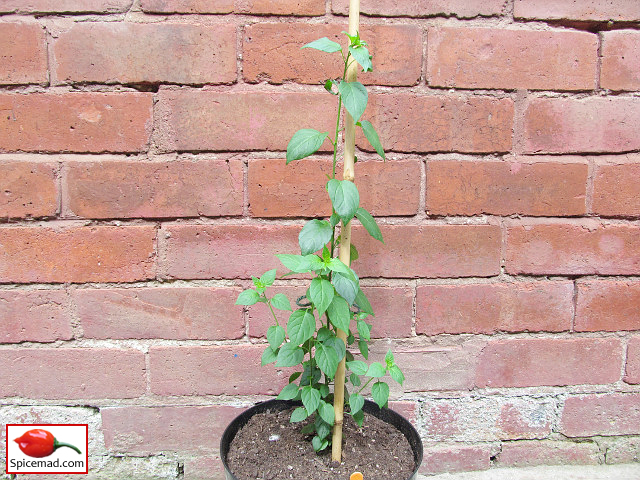 |
| Cappuccino Chiltepin - 16th May 2022 |
 |
| Cappuccino Chiltepin - 16th May 2022 |
 |
| Cappuccino Chiltepin - 30th June 2022 |
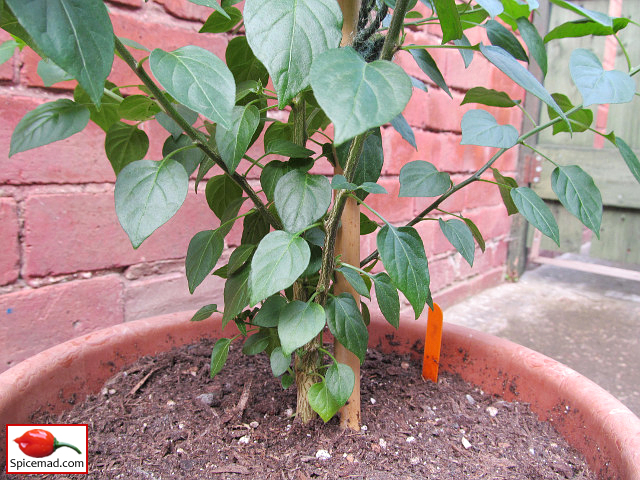 |
| Cappuccino Chiltepin - 30th June 2022 |
 |
| Cappuccino Chiltepin - 21st July 2022 |
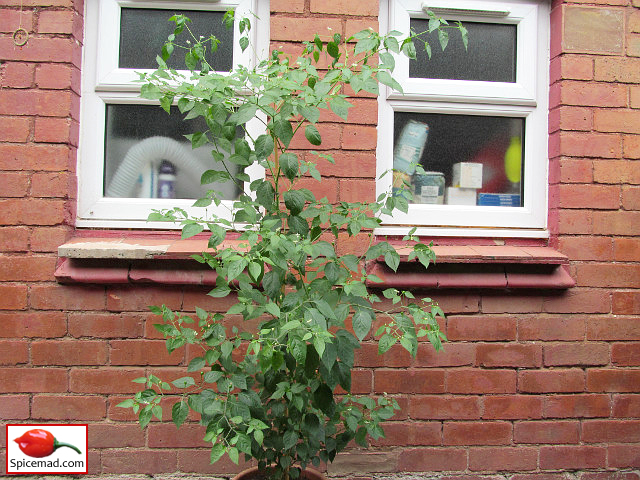 |
| Cappuccino Chiltepin - 21st July 2022 |
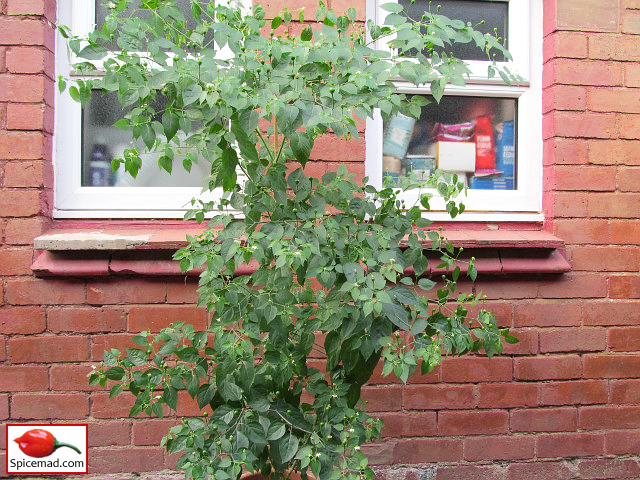 |
| Cappuccino Chiltepin - 21st August 2022 |
 |
| Cappuccino Chiltepin - 13th September 2022 |
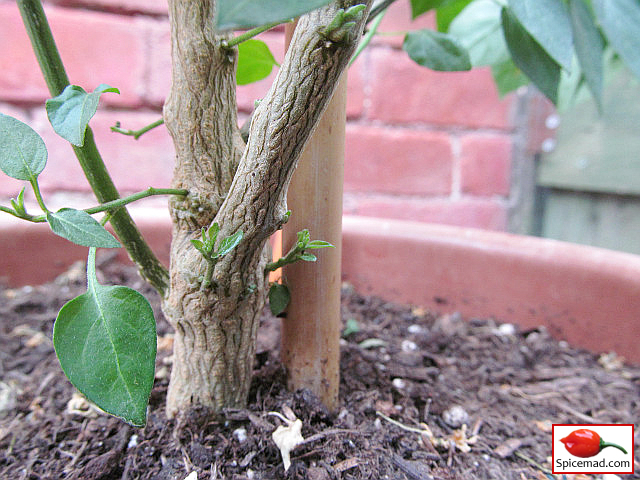 |
| Cappuccino Chiltepin - 13th September 2022 |
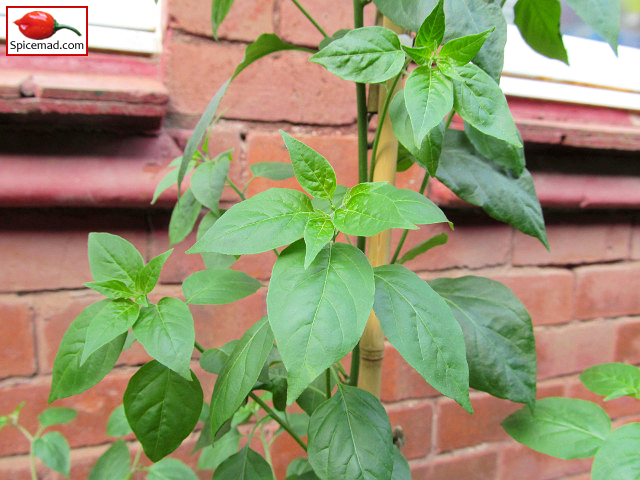 |
| Cappuccino Chiltepin - 30th June 2022 |
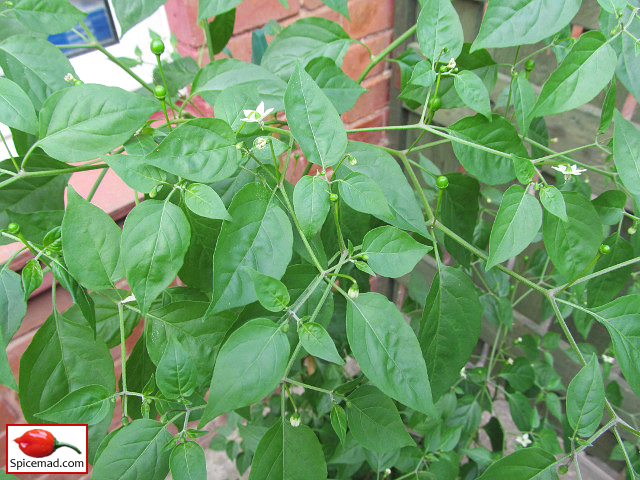 |
| Cappuccino Chiltepin - 21st July 2022 |
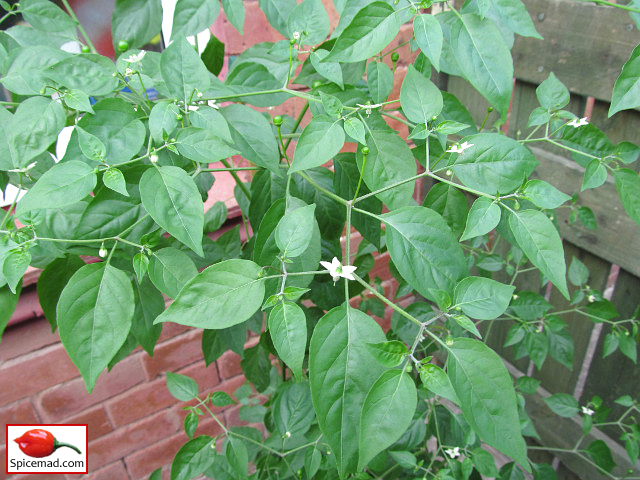 |
| Cappuccino Chiltepin - 21st July 2022 |
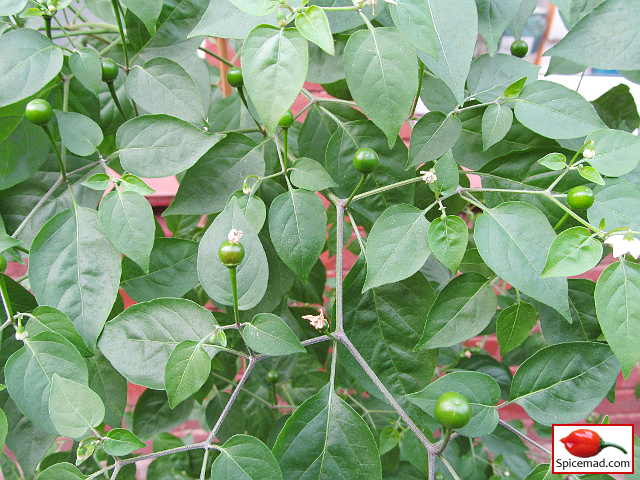 |
| Cappuccino Chiltepin - 21st July 2022 |
 |
| Cappuccino Chiltepin - 21st August 2022 |
 |
| Cappuccino Chiltepin - 21st August 2022 |
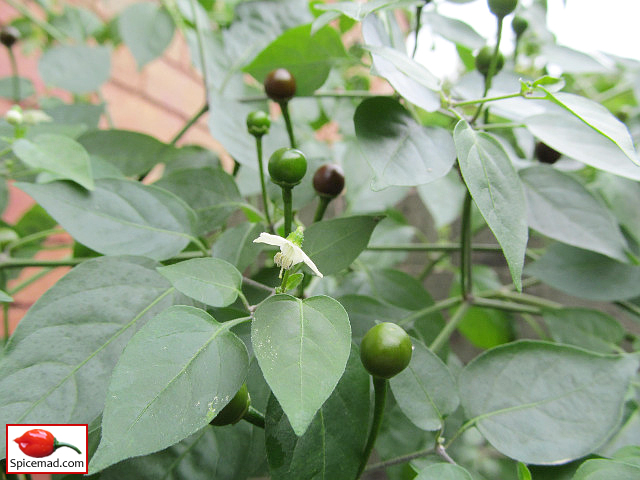 |
| Cappuccino Chiltepin - 13th September 2022 |
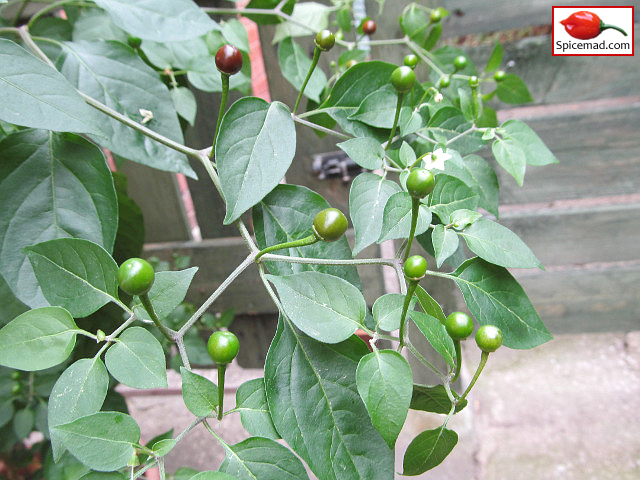 |
| Cappuccino Chiltepin - 13th September 2022 |
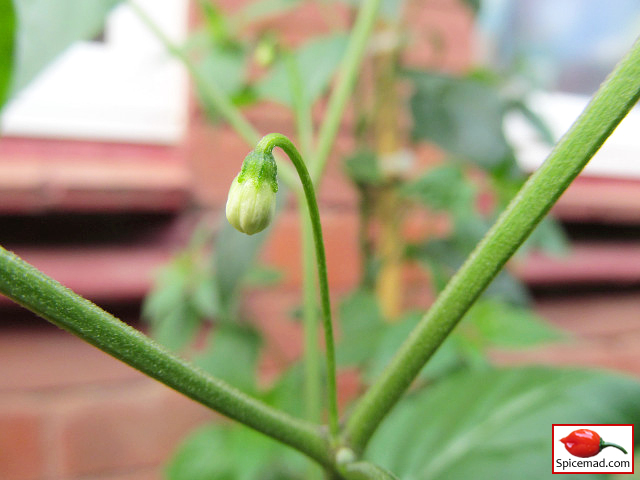 |
| Cappuccino Chiltepin Flower Bud - 30th June 2022 |
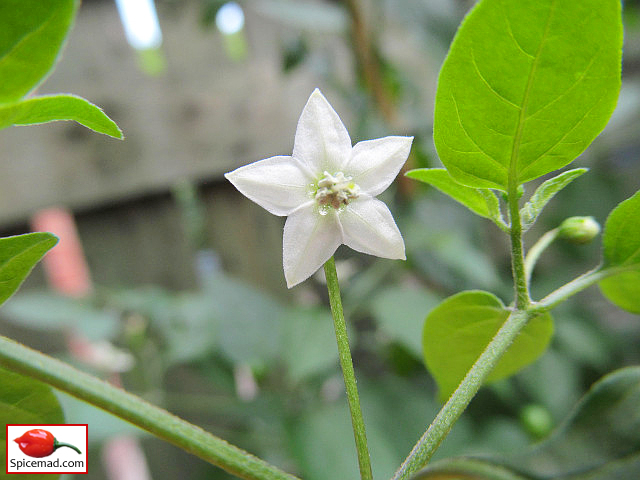 |
| Cappuccino Chiltepin Flower - 21st July 2022 |
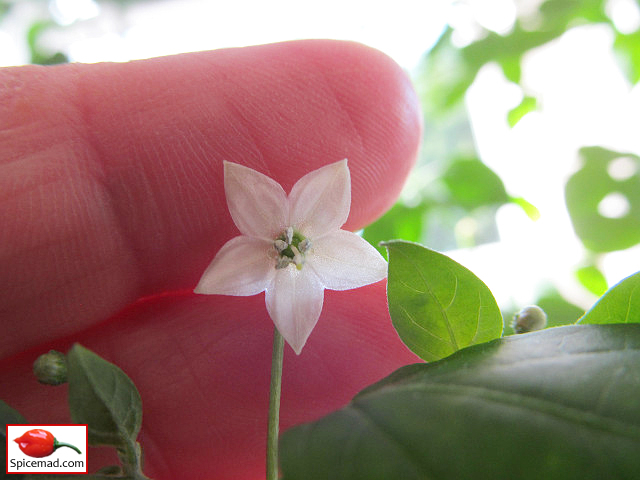 |
| Cappuccino Chiltepin Flower - 26th July 2022 |
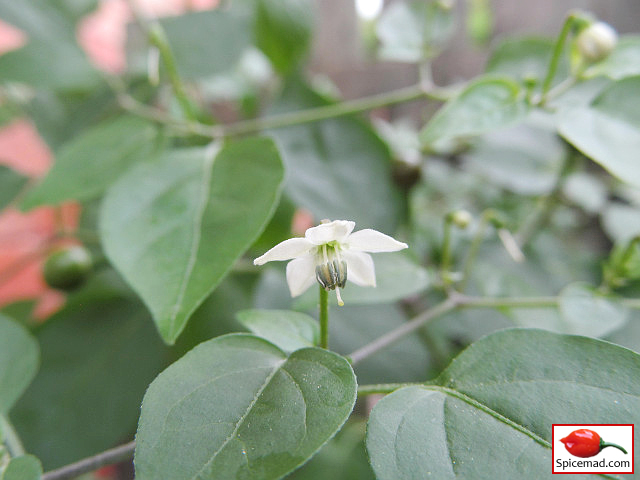 |
| Cappuccino Chiltepin Flower - 13th September 2022 |
 |
| Cappuccino Chiltepin Flower - 13th September 2022 |
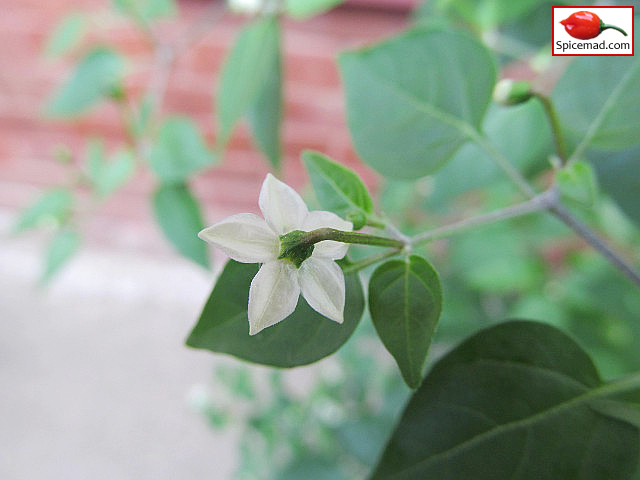 |
| Cappuccino Chiltepin Flower - 13th September 2022 |
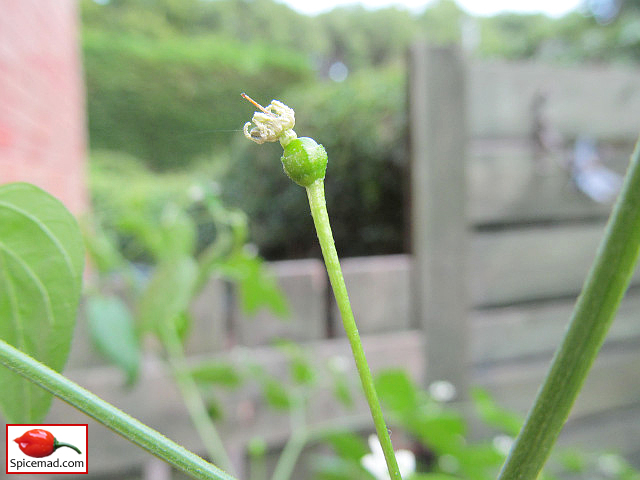 |
| Cappuccino Chiltepin - 21st July 2022 |
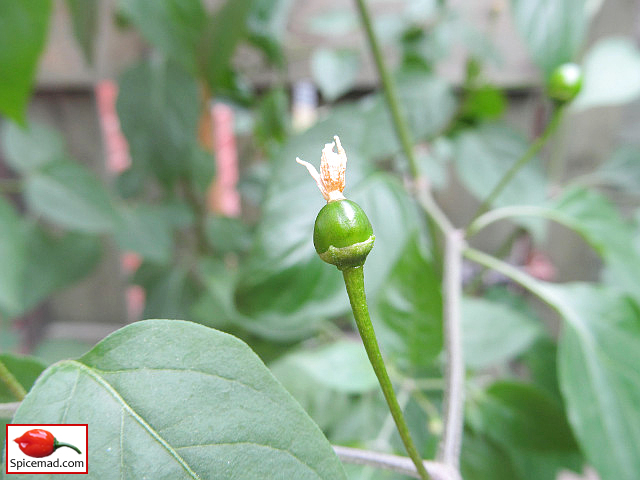 |
| Cappuccino Chiltepin - 21st July 2022 |
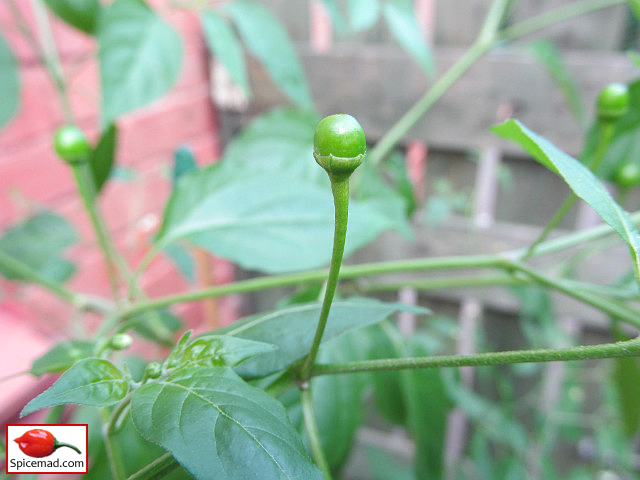 |
| Cappuccino Chiltepin - 21st July 2022 |
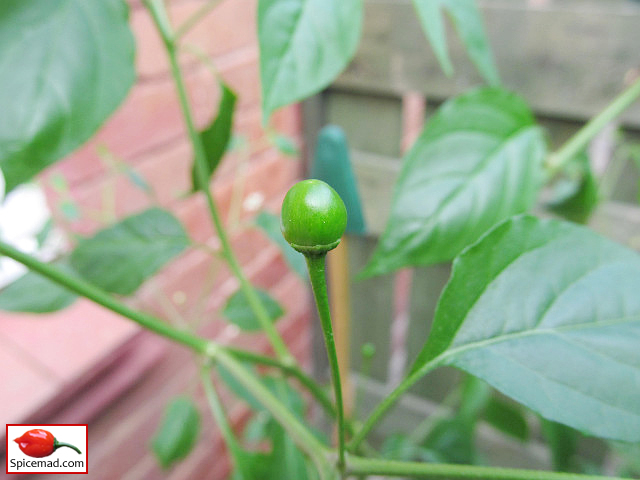 |
| Cappuccino Chiltepin - 21st July 2022 |
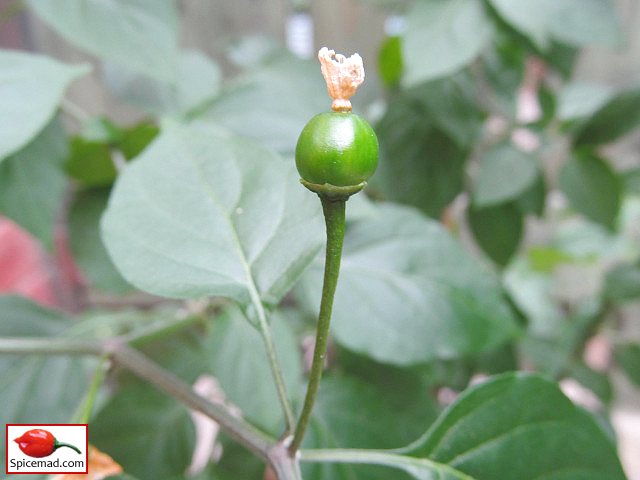 |
| Cappuccino Chiltepin - 21st July 2022 |
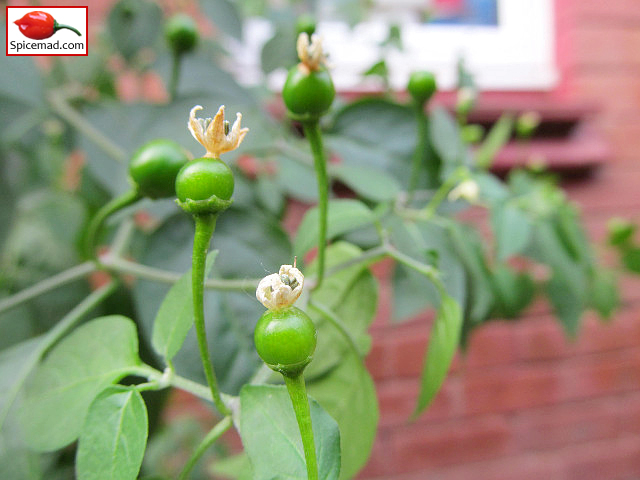 |
| Cappuccino Chiltepin - 21st August 2022 |
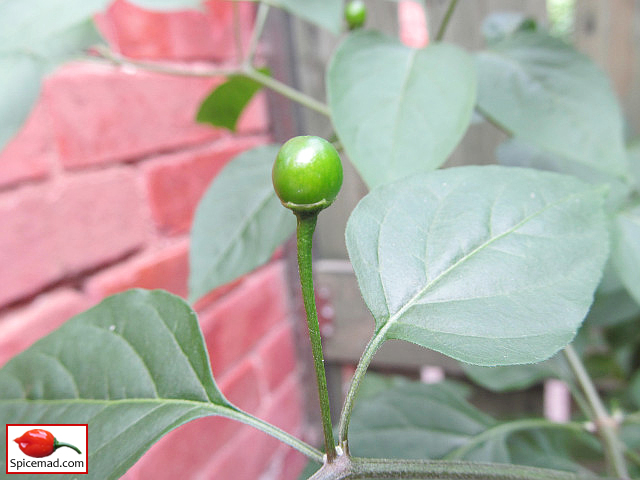 |
| Cappuccino Chiltepin - 21st July 2022 |
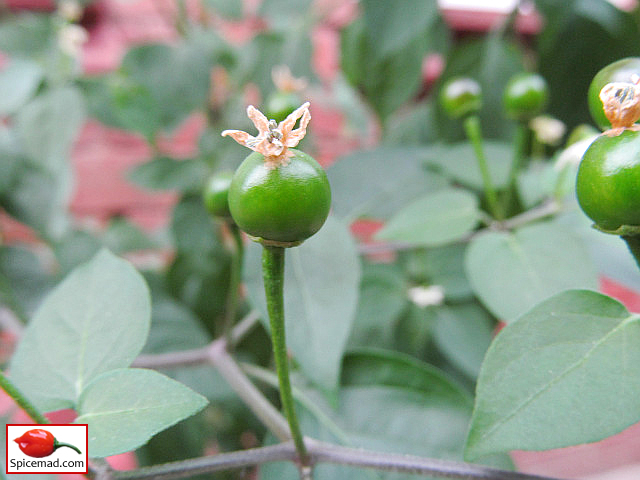 |
| Cappuccino Chiltepin - 21st August 2022 |
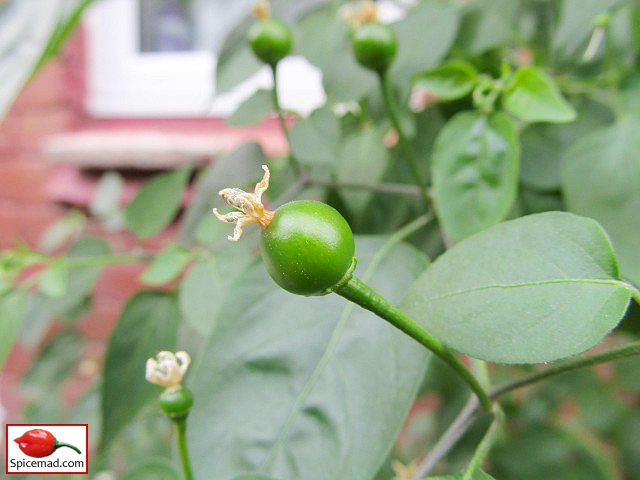 |
| Cappuccino Chiltepin - 21st August 2022 |
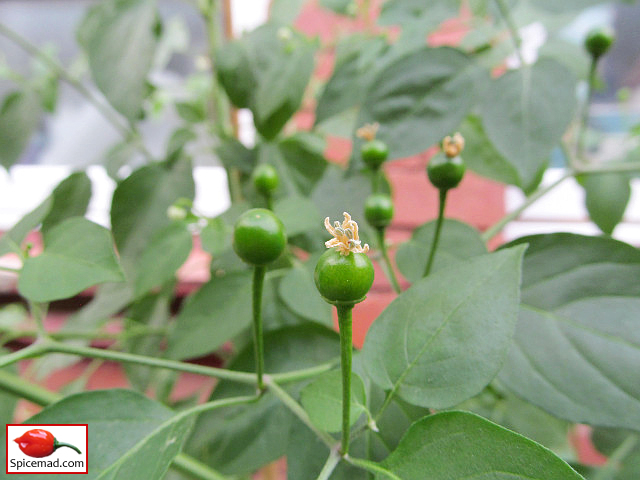 |
| Cappuccino Chiltepin - 21st August 2022 |
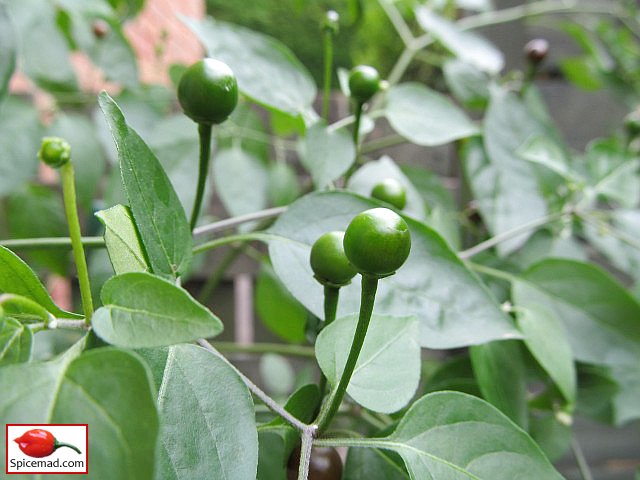 |
| Cappuccino Chiltepin - 13th September 2022 |
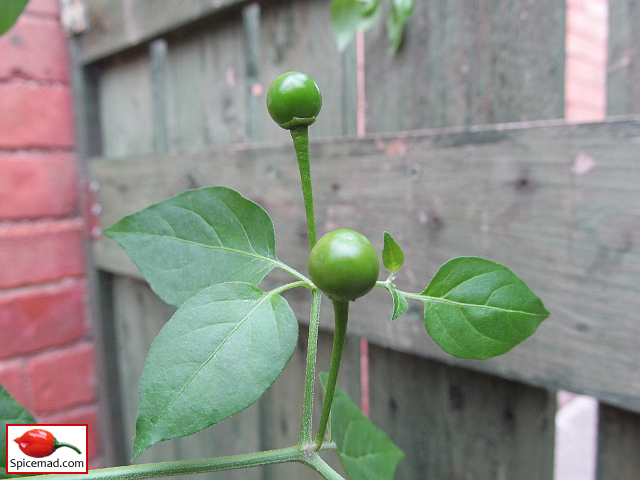 |
| Cappuccino Chiltepin - 13th September 2022 |
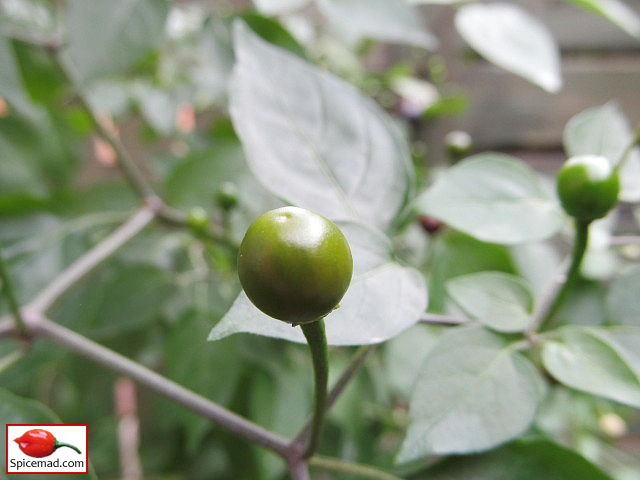 |
| Cappuccino Chiltepin - 13th September 2022 |
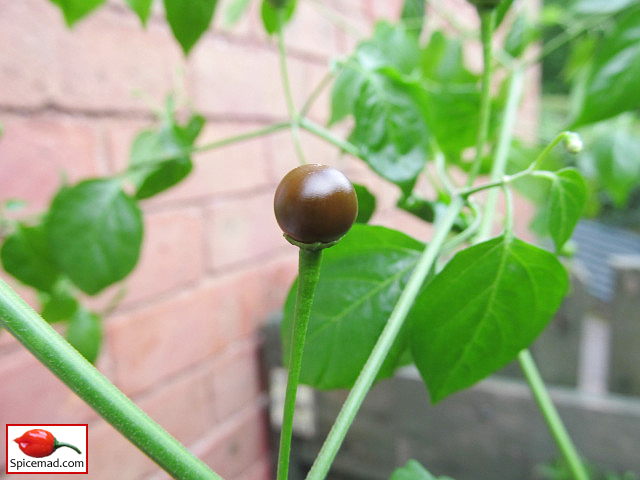 |
| Cappuccino Chiltepin - 13th September 2022 |
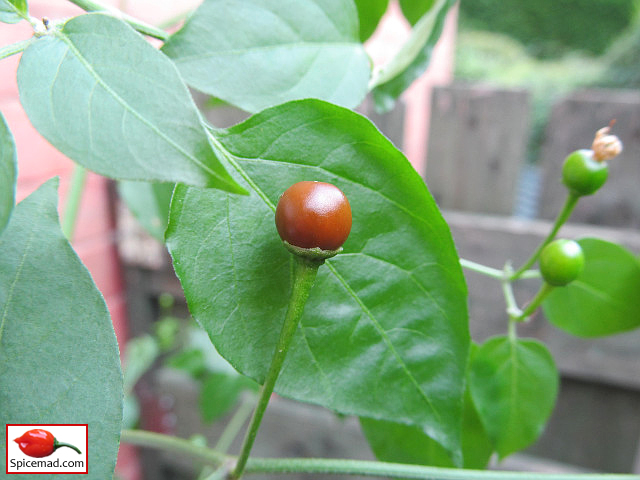 |
| Cappuccino Chiltepin - 13th September 2022 |
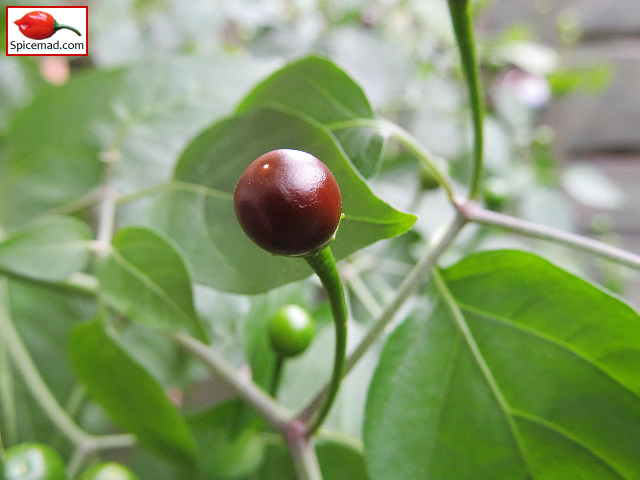 |
| Cappuccino Chiltepin - 13th September 2022 |
 |
| Cappuccino Chiltepin - 13th September 2022 |
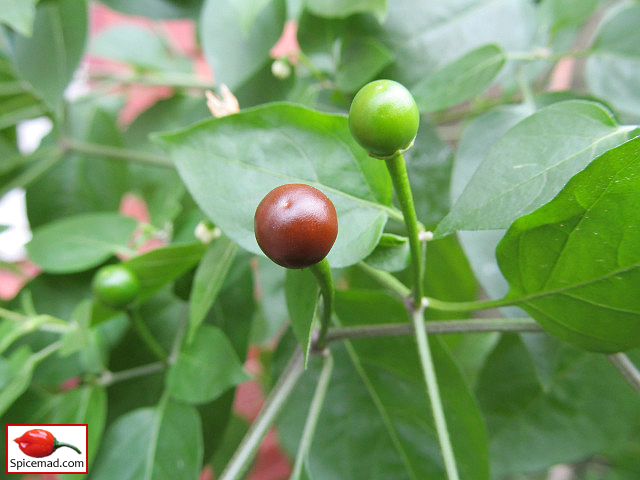 |
| Cappuccino Chiltepin - 13th September 2022 |
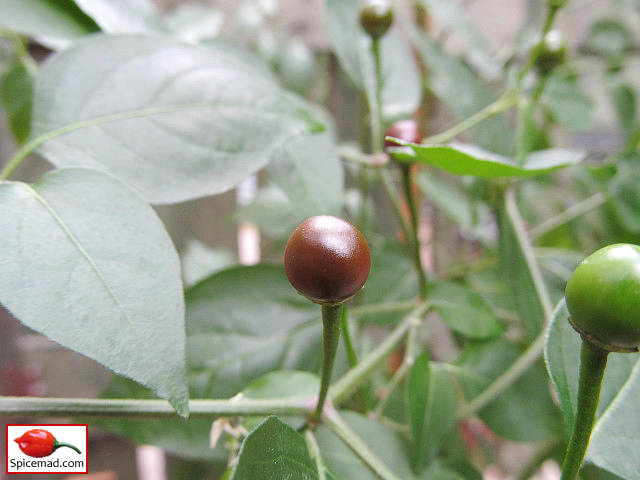 |
| Cappuccino Chiltepin - 13th September 2022 |
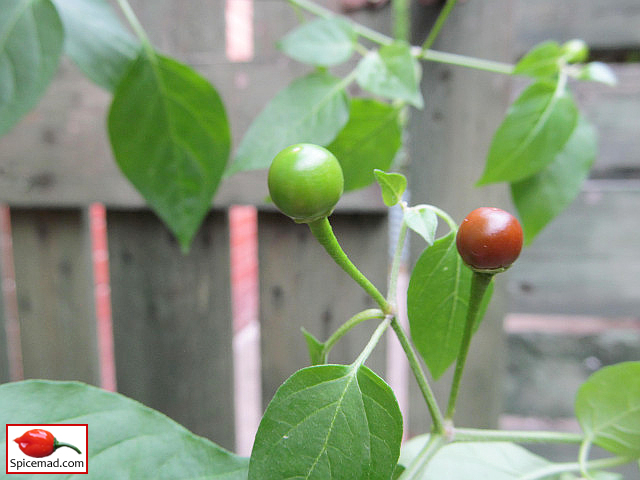 |
| Cappuccino Chiltepin - 13th September 2022 |
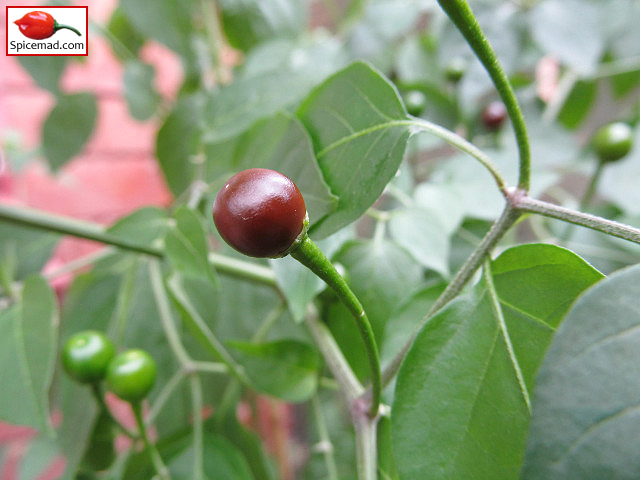 |
| Cappuccino Chiltepin - 13th September 2022 |
 |
| Cappuccino Chiltepin - 13th September 2022 |
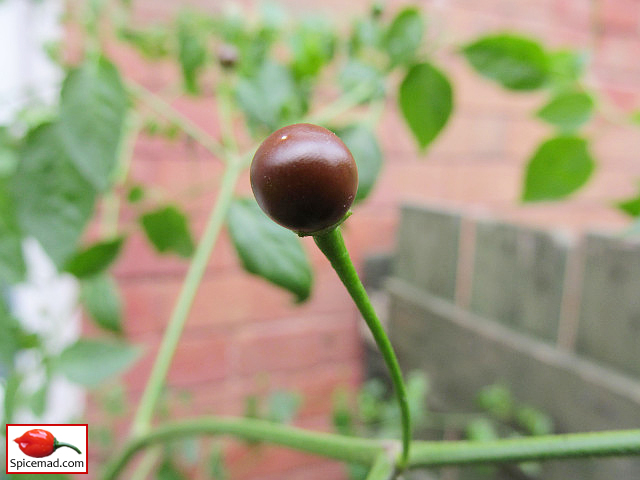 |
| Cappuccino Chiltepin - 13th September 2022 |
 |
| Cappuccino Chiltepin - 16th September 2022 |
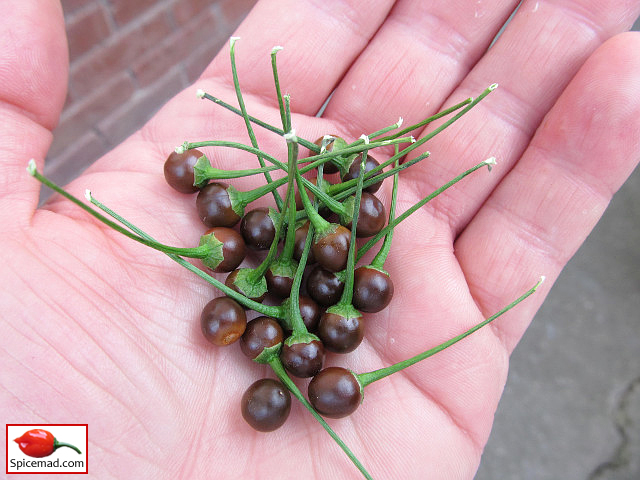 |
| Cappuccino Chiltepin - 10th September 2022 |
 |
| Cappuccino Chiltepin - 25th September 2022 |
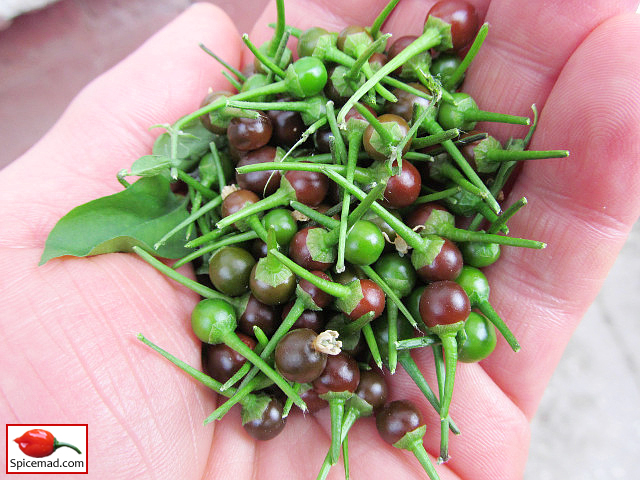 |
| Cappuccino Chiltepin - 31st October 2022 |
